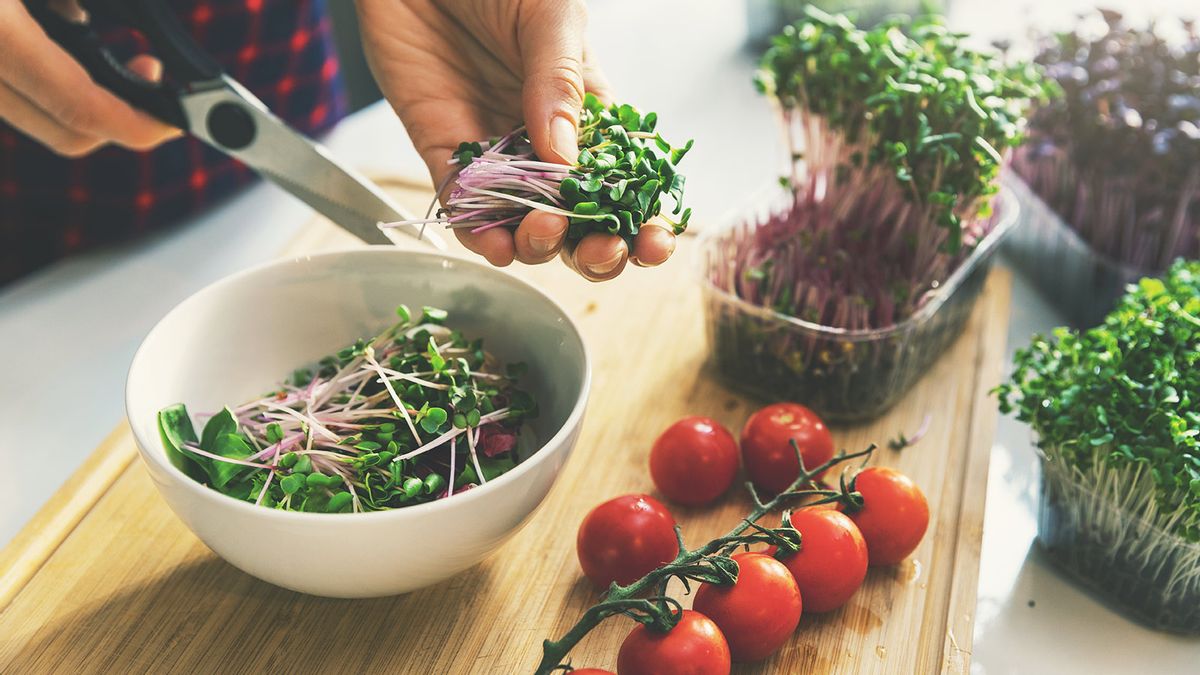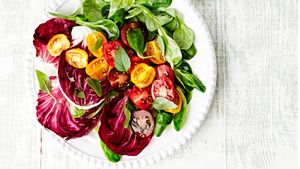Growing up, one of my favourite pastimes was to take a wad of cotton and layer an old plate with it. Then I’d sprinkle some mustard seeds on it in and water it diligently. I’d run back from school every day, hoping that they would have sprouted. Once they unfurled their green glory, I’d wait for them to grow a respectable height before discarding the whole experiment. This was my first tryst with microgreens, the wholesome superfoods that are finding their way to garnish our soups, salads and groan, even sushi!
What are microgreens? They’re young vegetables, herbs and other plants, which are harvested within a week or 14 days after germination, when they’re scarcely an inch or so long, with the roots, stem and leaves still attached. “It is a commonly used term for any herb or vegetable that has edible leaves and is usually harvested at cotyledon stage,” says Mumbai-based chef Abhay Dange.
The popularity of microgreens in recent times can be traced to California. Vinita Contractor, a holistic nutritionist and lifestyle coach, says, “Microgreens began showing up on chefs' menus as early as the 1980s in San Francisco. In Southern California, microgreens were grown since the mid‑90s. ”These tiny edibles have been used as garnishes to enhance the taste of dishes, thanks to their distinct and delicate textures and unique flavours, lifting a dish beyond the ordinary.
Powerhouse of nutrients
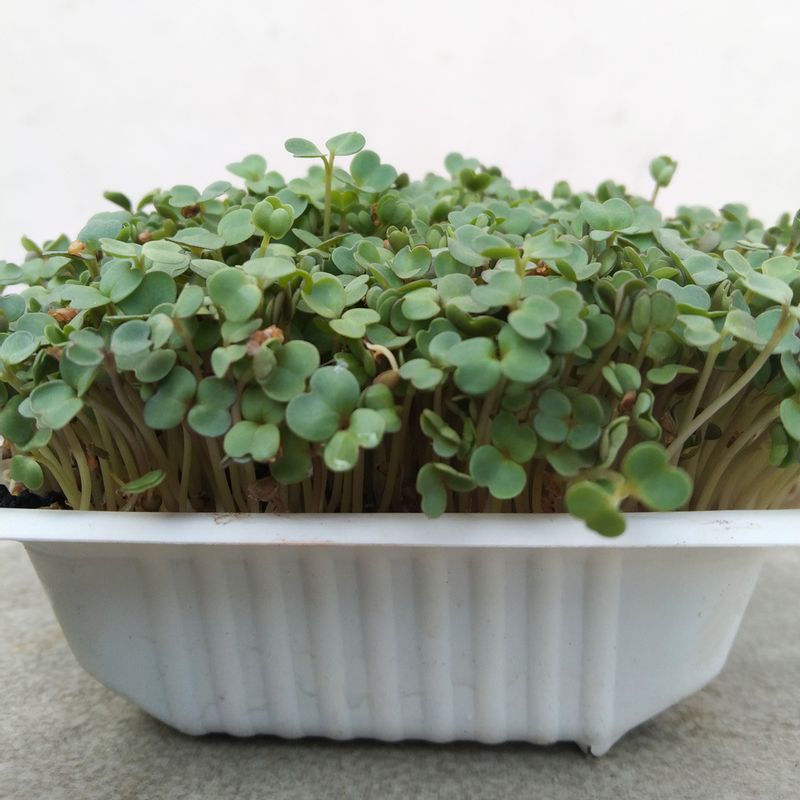
Microgreens’ nutritional credentials are unblemished. “Earlier they were just used to garnish a dish or make it look attractive, but over the period of time, its nutritional values have made it popular,” explains celebrity nutritionist Suman Agarwal – founder of nutrition consultancy, Selfcare India. According to a study by the University of Maryland College of Agriculture and Natural Resources (AGNR) and the United States Department of Agriculture (USDA), microgreens contain four to 40 times more nutrients than their mature counterparts.
Swati Jain the founder of The First Leaf microgreens, a company that provides this superfood in a ready-to-eat form says, “Microgreens are packed with antioxidants and healthy nutrients. They also contain living enzymes which are necessary for the absorption of minerals and vitamins by our bodies and are a rich source of Vitamin A, B, C, E and K and are abundant in phytonutrients.”
They score high versus their adult versions too. Adds Contractor, “They are much more nutrient-dense foods than their fully mature counterparts. They have even been associated with improved heart health and a decreased risk of chronic disease.”
More than just a garnish
It is not surprising to find a few microgreens gently thrown on a blob of mayonnaise on sushi. Why are microgreens so ubiquitous even on unexpected dishes? “I wouldn’t say there is a ‘wrong' way to use microgreens – if you enjoy how it tastes, by all means, go for it,” says Chef Prateek Sadhu, Co-founder and Executive Chef, Masque, a fine dining, ingredient-forward restaurant in Mumbai, who uses nasturtium leaves and flowers, coriander, basil, mustard, pea shoots, wood sorrel, arugula flowers, fennel and radish in his dishes.
At AnnaMaya, Andaz Delhi, their signature dish ‘Nutrition Bomb’ as well as nearly two dozen salads and other recipes incorporate microgreens. Vikram Ganpule, Executive Chef, Andaz Delhi believes these multipurpose microgreens can be used as a garnish, as an accompaniment, and even a meal, depending upon the creativity of the user. “They offer the advantage of adding flavours that otherwise conventionally grown vegetables lack. The art here is to have an understanding of flavours and textures that complement each other, keeping in mind the base they are being added to. These ingredients are free of chemicals and preservatives, which results in the dishes tasting refreshing.” According to him, the lack of awareness about how to use microgreens could be a reason that they not being put to greater use.
Harvesting the greens
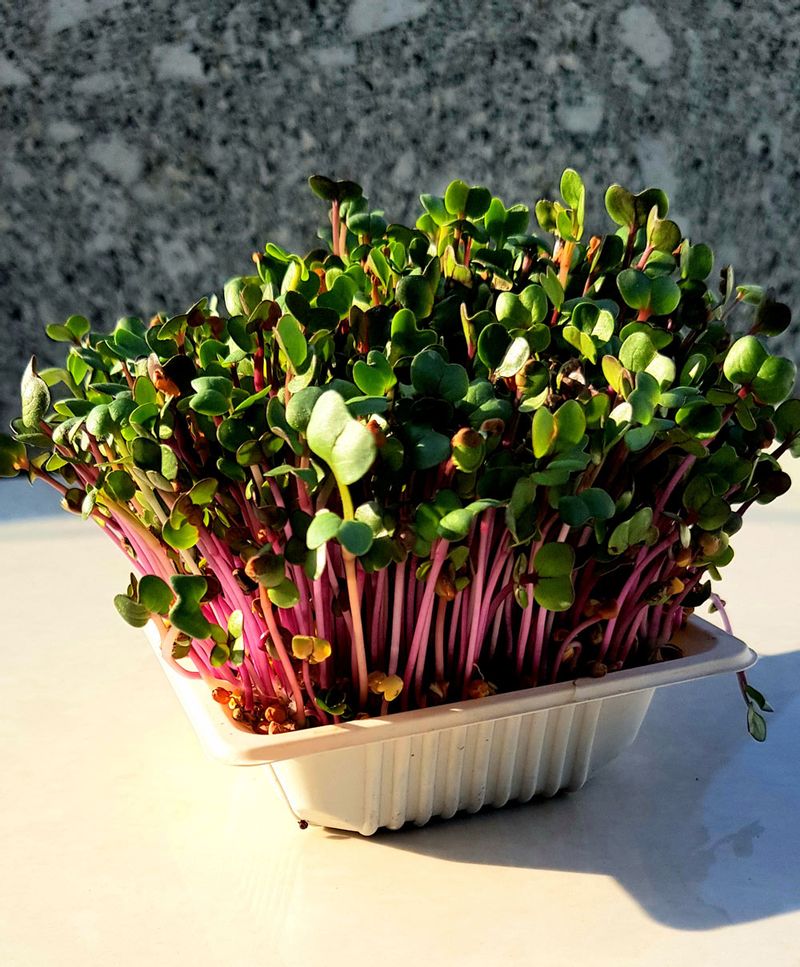
Growing microgreens at home does not require a sprawling terrace. “They’re fairly easy to grow at home, don’t require a lot of space and have to be harvested early,” says Sadhu. The hottest restaurants around the globe, such as Noka in Singapore, Babe in Kuala Lumpur and Noma 2.0 grow their own microgreens. AnnaMaya in Delhi too grows its own ‘zero-miles’ microgreens under controlled conditions, in coconut coir instead of soil, which consumes a minimum amount of water. Explains Ganpule, “You must grow microgreens at a room temperature of about 21° Celsius and 50 per cent humidity. And do not water from above after they germinate.”
The benefits of microgreens come from consuming them freshly snipped from the planter. Says Jain, “If you choose pre-clipped and packaged buds over live ones for the sheer convenience, you’re missing out on all the nutrition the live microgreens can offer. ”Microgreen kits are available at platforms such as the First Leaf Microgreens, Blooming Greens, Andaz Delhi and even modern supermarkets, which are economical and easy to grow.
The correct way of growing is to use top-quality soil and seeds and when it comes to harvesting them the trick is to work carefully, taking care not to squeeze or crush the plants as you go, suggests Contractor. The way to harvest is similar to a barber cutting hair with a clean pair of scissors. Using very sharp scissors helps prevent tearing and bruising!” To clean microgreens, soak them in diluted apple cider vinegar to wash undesirable bacteria and washing them to remove seed husks.
The super greens in the scullery
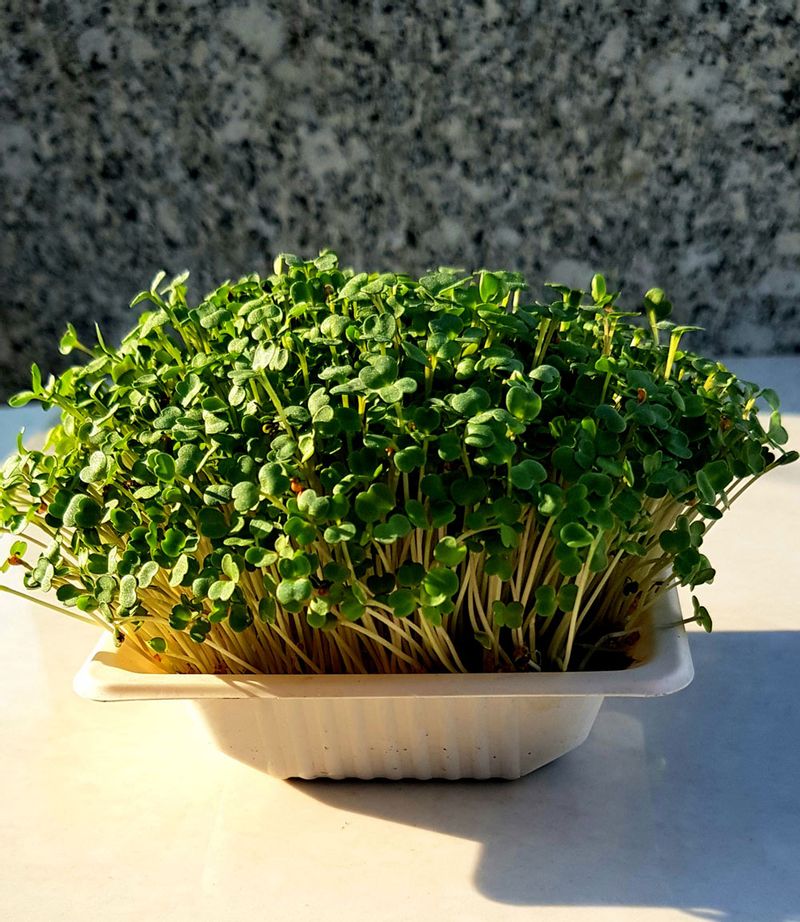
Microgreens are best when eaten raw. Contractor says, “They need to be used raw and in a larger quantity, as integral parts of recipes, to get the nutritional benefits, rather than as toppings or garnishes. Microgreens are delicate in nature and tend to get cooked from the heat from a piping hot preparation, thus it is best to add microgreens after the dish has slightly cooled down or in cold dishes. ”Microgreens can be added to salads, sandwiches, juices, dips, chutneys, raitas, burgers, dals and sabzis.
So far, the lack of education and awareness about microgreens has restricted their use to just an exotic garnish and a food fad akin to over-the-counter pills, supplements and processed health foods, all of which claim to be great for one’s health and wellbeing, points out Jain. “When you eat food that’s closest to its natural living state, you ensure that your body gets maximum nutrients, maximum prana and living enzymes that are necessary for the absorption of these nutrients by your body.” So get those pots out and give these nutritional superpowers a space on your windowsill and on your plate.
How to grow microgreens at home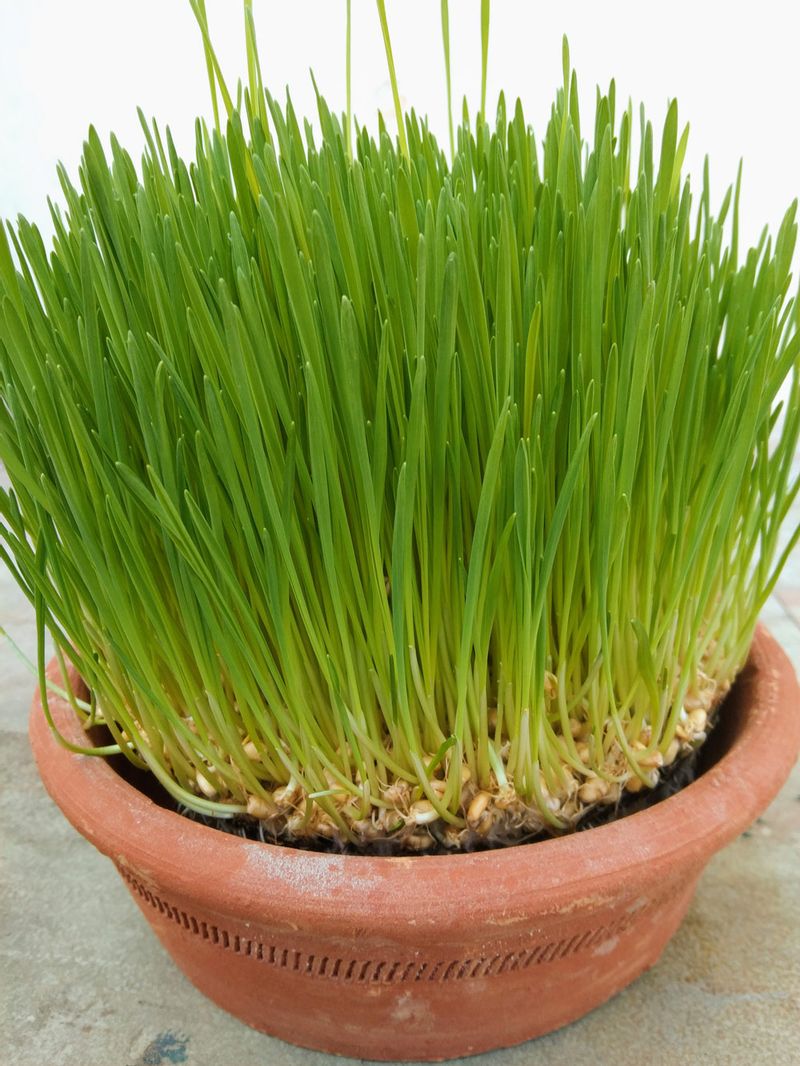 Swati Jain, Founder, The First Leaf Microgreens, gives us the lowdown on the best way to grow microgreens.
4 microgreens that can boost your daily nutrition:Broccoli Microgreens – They’re up to 50 times more nutritious than their mature counterparts and are a notable source of sulforaphane- a powerful anti-cancerous compound that’s also greatly effective in removing air pollutants from our bodies. Sunflower Microgreens- Containing a whopping 25 per cent of protein, it’s a go-to microgreen for vegetarians. It’s also packed with B Vitamins and Vitamin E. It’s also a powerful antioxidant that fights harmful free radicals and delays the ageing of cells. Red Amaranth Microgreens- A great source of calcium and Vitamin K, which keeps bones strong and healthy, while controlling blood pressure and improving vision. Wheatgrass- Nature’s most effective healer, wheatgrass contains minerals and a shot of wheatgrass juice every day prevents and fights cancer, neutralises toxins in the body, purifies the liver, controls blood sugar, repairs cellular damage and slows down the ageing process. |


